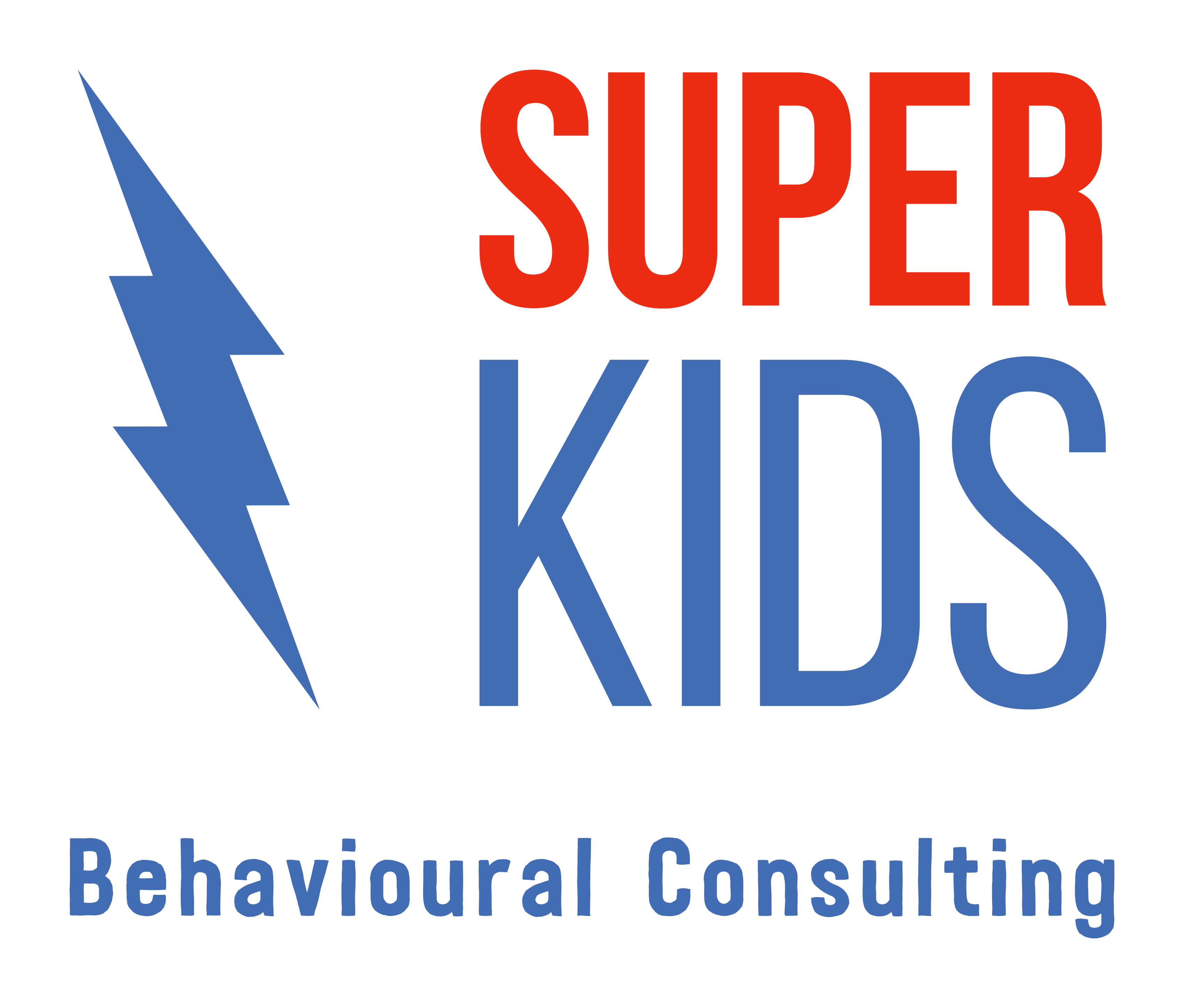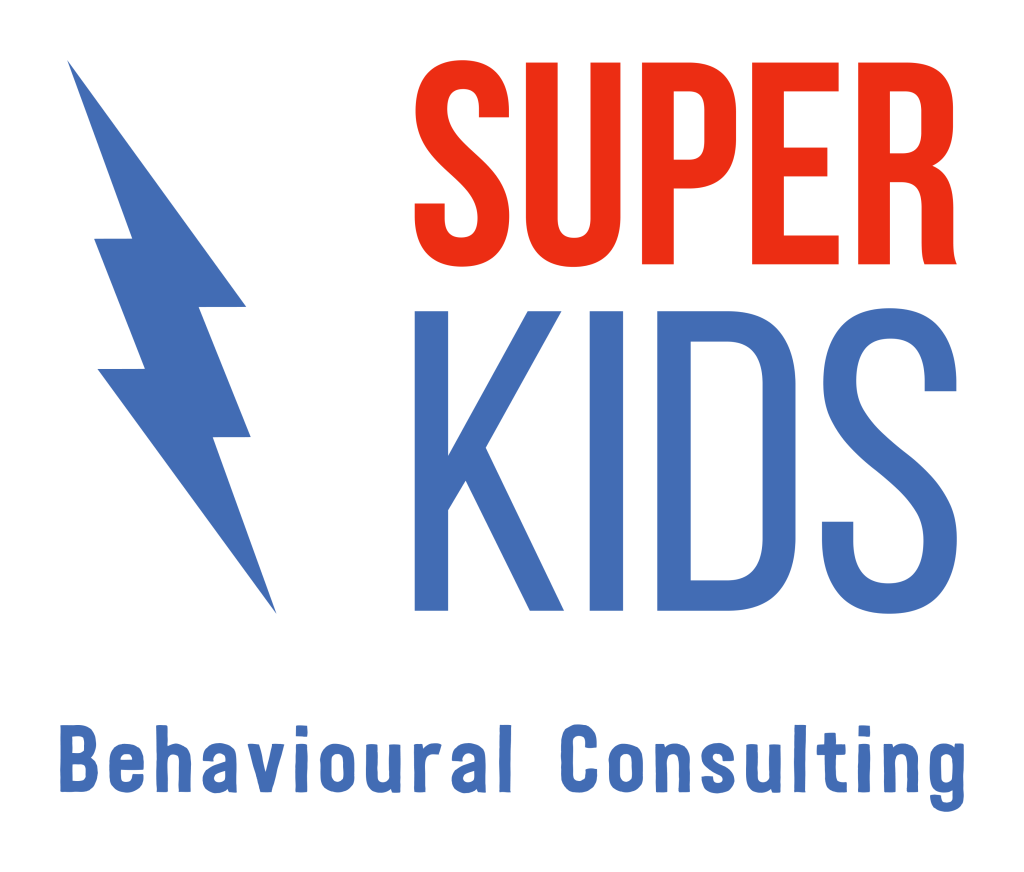Reducing challenging behaviours through Practical Functional Assessment (PFA) & Skill Based Treatment (SBT).

Renee Collins
CLINICAL DIRECTOR

What is the Practical Functional Assessment (PFA) and Skills Based Treatment (SBT) process & why it is a useful treatment option
Reducing challenging behaviours is possible! At Super Kids, we often do this through Practical Functional Assessment (PFA) & Skill Based Treatment (SBT) process. The enduring behavioural challenges exhibited by Autistic children or those with a developmental disability frequently result in families adopting highly restrictive lifestyles, which can detrimentally impact overall family functioning and the mental well-being of parents. For an Autistic individual or child with a related intellectual or developmental disability, challenging behaviours like self‐injury, aggression, or disruption will likely require intervention at some point in their life. Behavioural intervention (particularly using Practical Functional Assessment and Skill Based Treatment) has been proven to be effective for addressing these problems, especially if a functional assessment to find out the reason the behaviour is occurring is conducted by a Certified Behaviour Analyst (CBA).
Hanley and colleagues. (2014) have described and validated a distinct set of assessment and treatment procedures for addressing and improving severe challenging behaviour exhibited by children. This included a practical functional assessment process, which included:
- An open-ended interview and an assessment called an interview-informed synthesised contingency analysis (IISCA)
- And, skill-based treatment (SBT) which is an individualised treatment plan based on the results of the practical functional assessment process.
- The final step in the process is extending these procedures and outcomes to relevant caregivers in the child’s daily environment.
Skill Based Treatment takes a trauma-assumed approach, it recognizes the impact of trauma on individuals and integrates this understanding into the treatment process within SBT involves creating a safe and supportive environment that promotes healing, empowerment, and resilience. holistic and individualised approach to skill development and behaviour change.

PFA/SBT Step 1: Initial Interview with Parents and Carers
The Practical Functional Assessment and Skills-Based Treatment process starts with an open-ended interview with your child’s caregivers, followed by an assessment (Interview Informed Synthesised Contingency Analysis; IISCA). This process identifies why a behaviour occurs and informs intervention strategies. It also builds trust, establishes rapport, and ensures zero challenging behaviour with high engagement levels.
The initial interview typically lasts 45-60 minutes. Your child usually does not attend this meeting as we discuss challenging behaviours. The interview can happen in person at Super Kids HQ or online. Parents, carers, therapists, and teachers are encouraged to participate.
Key information gathered during the interview includes:
- Target challenging behaviour to decrease.
- Warning signs (precursors) of the behaviour.
- Likely scenarios triggering the behaviour.
- Effective strategies to stop the behaviour.
- Description of your child’s happy, relaxed, and engaged state.
- Desired replacement skills for the behaviour.
PFA/SBT Step 2: The IISCA Assessment
After the interview, we design a personalised assessment. This can take place at Super Kids HQ, your home, or school. The IISCA assessment is safe and dignified. Clinicians analyse precursor behaviours instead of requiring severe challenging behaviours to validate findings. Safety, dignity, and rapport remain top priorities.
The assessment, lasting about 20-30 minutes, begins with your child engaging in their preferred activities. Based on caregiver feedback, we create an environment that ensures your child feels safe, happy, and in control. With zero problem behaviour expected, the clinician subtly introduces scenarios that might trigger challenging behaviours. For instance, they might interrupt preferred activities or introduce demands. If warning signs emerge, the clinician quickly reverts to maintaining your child’s happy state.
This process is repeated 3-5 times to validate why the behaviour occurs. The clinician uses these insights to inform effective interventions while prioritising your child’s comfort and safety.
PFA/SBT Step 3: Intervention with Skill-Based Treatment (SBT)
Skill-Based Treatment (SBT) empowers children to replace challenging behaviours with appropriate skills. This intervention begins by teaching your child to ask for what they want in an appropriate way, tolerate denied requests, and cooperate with adult-led instructions without problem behaviour.
At the start of SBT, clinicians introduce a functional communication response (FCR). This might involve using a sign, vocalisation, or augmentative communication tools. The response is gradually shaped to be developmentally appropriate and easily understood. Over time, expectations increase, focusing on key areas such as play, communication, and academic skills.
Steps in SBT include:
- Functional Communication Response (FCR): Teaching your child how to request effectively.
- Tolerance Response (TR): Developing patience and coping with delays.
- Cooperation Steps (CAB): Progressing through tasks, starting with relinquishing reinforcers to persisting through complex activities.
PFA/SBT Step 4: Extending SBT into Daily Life
As your child masters skills, we extend treatment to real-life settings like home and school. This process begins by keeping one constant variable, such as maintaining the same implementers during transitions to new environments. Gradual changes help ensure continued success and engagement.
PFA/SBT Step 5: Applying Intervention to Real Life
The final step involves increasing task duration and balancing child-led and adult-led activities. For example, tasks like completing a puzzle or riding a bike might gradually lengthen. The goal is to teach skills for handling delays and unavailable preferred items while promoting meaningful engagement.
Incorporating Practical Functional Assessment and Skills-Based Treatment into your child’s therapy program can prepare them for learning and reduce problem behaviours.
Super Kids acknowledges each individual’s personal preference to use identity-first or person-first language to describe themselves or their loved one. We interchangeably use both language conventions and therefore refer to both Autistic children and children with Autism.






